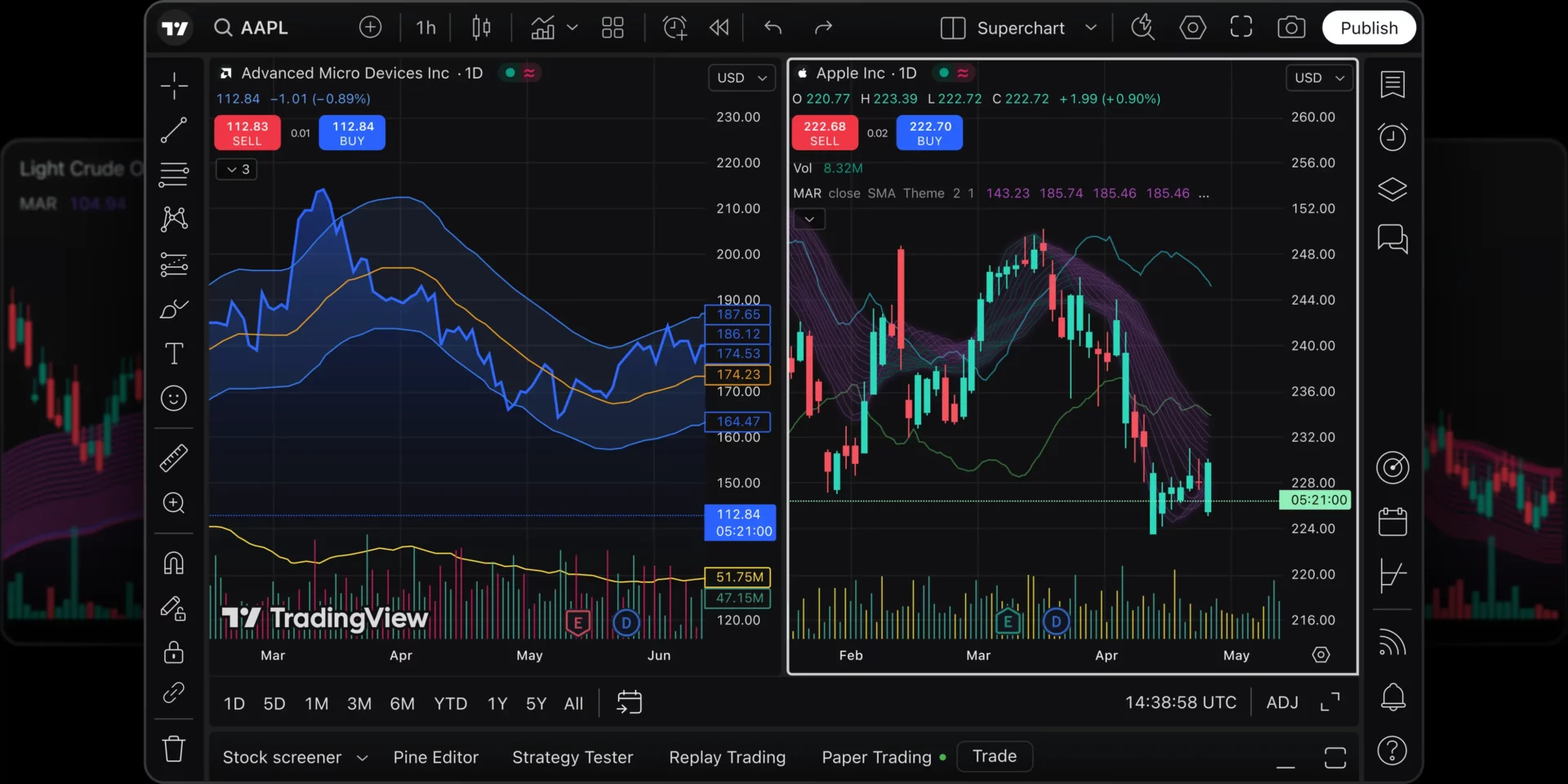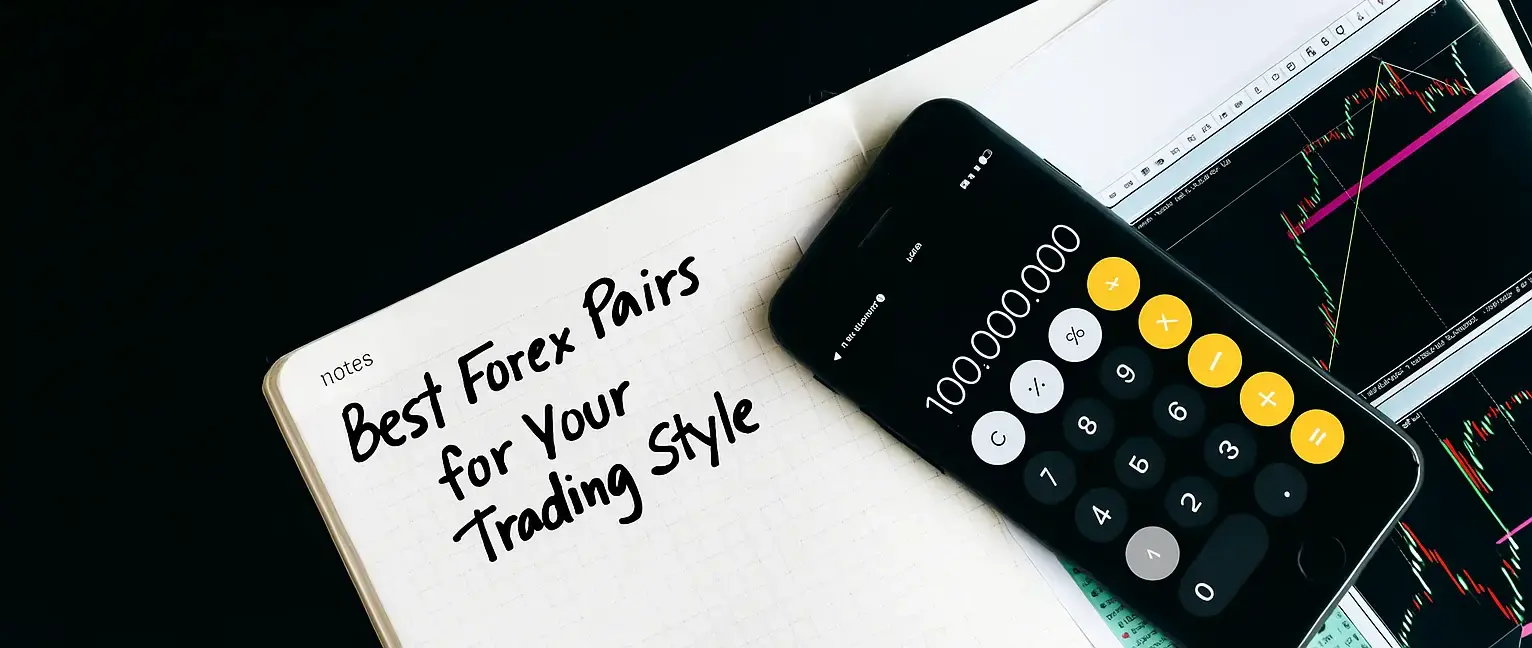CPI Days Explained: Forex Trading Strategies to Survive High-Impact News
Written by Rachel on November 20, 2025.Summary: CPI days are some of the most volatile events in forex trading, especially for prop firm traders. In this guide, you’ll learn what CPI (Consumer Price Index) is, why it moves pairs and indices, and step‑by‑step trading strategies to help you avoid blowing your account on high‑impact news.
- What is CPI?
- Why does the Consumer Price Index matter so much?
- How to trade CPI.
- Trading Strategies.
What Is CPI (Consumer Price Index) and Why It Matters for Forex Traders
CPI stands for Consumer Price Index. It is an inflation indicator that measures how much the prices of everyday goods and services are rising. In simpler terms, it tells us how expensive life is getting. If prices are rising fast, it’s a sign of inflation. If they’re flat or falling, inflation is cooling down.
For example: Let’s say last year, a loaf of bread cost $2.50, and this year it costs $2.75. That price increase might seem small, but when you add it up across everything you start to see a big impact. This is what CPI tracks, if it goes up 3% in a year, it means everything people buy is 3% more expensive than it was last year.
Why CPI Is Critical for Forex and Prop Firm Traders
In trading, CPI is a high‑impact news event that can cause sharp moves in USD pairs, gold, and indices because it influences interest rate expectations.
CPI is one of the Fed’s go-to tools for measuring inflation. If CPI shows that prices are rising too fast, that means inflation is getting out of hand. To fight that, the Fed may raise interest rates, which makes borrowing more expensive and slows down spending. Alternately, if CPI is low or falling, it means inflation is cooling. In that case, the Fed might lower interest rates to boost the economy.
Now here’s where it gets real for traders: Every time the Fed hints at changing rates or does change them, the US dollar moves because higher interest rates usually strengthen the dollar and lower rates weaken it. That’s why CPI days can be explosive for USD pairs like USDJPY, EURUSD, or GBPUSD.
How CPI Can Impact Market Moves
CPI, or the Consumer Price Index, is one of the most closely watched economic indicators in the financial markets. It measures the average change in prices paid by consumers for goods and services over time essentially tracking inflation. Inflation directly influences monetary policy, CPI releases are key events that can trigger sharp moves across major asset classes, especially currencies tied to the US dollar.
Now, let’s break down how releases actually work. If you go on sites like Forex Factory, TradingView, or MyFxBook Calendar, you’ll see three numbers beside CPI:

- Previous: what CPI was last time.
- Forecast: what analysts expect this time.
- Actual: left blank until release time.
When the actual CPI comes out higher than the forecast, it means prices are rising faster than expected and inflation is heating up. Higher interest rates usually make the US dollar stronger, because investors get a better return holding USD assets and that makes traders believe the Federal Reserve might raise interest rates to slow things down.
On the other hand, if the actual CPI is lower than the forecast, it suggests inflation is cooling off. Traders then expect the Fed to pause or even cut rates, which can make the dollar weaker, since lower rates reduce the appeal of holding USD.
That’s why CPI days are explosive. You’ll see serious volatility on USD pairs like: EUR/USD, GBP/USD, USD/JPY, even XAUUSD, Nasdaq, and S&P 500 all get affected. Just like other major news, you’ll see slippage, wide spreads, and some prop firm rules violated. That’s why this next section is important.
CPI Trading Strategies: How to Trade CPI Days Safely
1. Know When It’s Dropping
CPI is released monthly, usually during the second week at 8:30 AM EST. You’ll find the exact date and time on economic calendars like: Forex Factory, TradingView, myFxBook, Investing.com. Set calendar alerts in advance if you have to.
Pro Tip: Color-coded folders (red, orange, yellow) on most calendars show impact. CPI is red, meaning high-impact, high-volatility, and high-risk.
2. Understand Your Prop Firm’s News Rules
Many prop firms restrict trading during high-impact news events. Some will:
- Block trades 2-5 minutes before or after news.
- Disqualify payouts if rules are violated.
- Require specific stop-loss placements or minimum hold times.
What to do: Search your firm’s FAQ section. Use keywords like:
- “News”
- “News restrictions”
- “Red-folder events”

If you’re not sure, email support and get clarity.
Maven support is one of the fastest in the industry.
3. Don’t Leave Pending Orders Around CPI
Using pending orders, such as buy stops and sell stops is a smart and disciplined approach. They allow you to enter only when the price reaches a specific level you’ve already planned, which means you don’t have to sit at your screen all day.
But during high-impact news events that same approach can backfire. Here’s why pending orders can become dangerous around CPI:
- Price doesn’t always move gradually. It can spike, gap, or jump several pips in a split second, especially in the first few seconds after the release.
- Your order might not be filled at your chosen level. Instead, it gets activated at the next available price, often far worse. That’s called slippage.
- In many cases, price activates your order, moves sharply in your direction for a moment, then reverses instantly leaving you stuck in a losing trade.
If you’re serious about trading CPI, it’s better to be there live, use market execution, and manage the trade in real-time.
That means:
- Watching price action as the data drops.
- Making a judgment based on structure, volume, and direction.
- Executing only when you understand what’s unfolding.
4. Decide How (or If) You’re Going to Trade It
Before the release, it is better to be clear on what kind of trader you’re going to be. There are 2 main approaches and each has its place, depending on your skill level and account type.
A. Avoid It Completely
Sometimes, the smartest move is to do nothing during red folder news. Do this especially if you are:
- You’re new to trading news.
- If the firm you are trading with doesn’t allow it.
- You’re in a funded account.
- You’re emotionally reactive.
B. Trade the Retracement
CPI often triggers a violent initial spike and its first move isn’t always the real move. Markets often retrace or even reverse entirely after the first spike happens. Some traders wait for the spike, then look for confirmation for reversal or continuation to take a trade. The goal here is to trade after the chaos.
5. Adjust Your Risk Accordingly
CPI days aren’t normal. Volatility is higher, spreads widen, and price can move 50-100 pips in seconds. That kind of environment requires a completely different level of risk management. Here’s what most experienced traders do to protect themselves:

- Cut their position size, sometimes by half or more.
- Widen stop-losses to give the trade room to breathe.
- Set a loss limit before entering, so they’re mentally prepared for the worst.
- Use smaller lot sizes with smart risk, instead of large lots and tight stops that get taken out in a flash.
Conclusion
The CPI is a critical gauge of inflation, interest rates, and where the market could be headed next. If you trade Forex or indices, especially through a prop firm, CPI days should be marked on your calendar in red ink. Yes, the moves can be fast and aggressive. But with the right prep and risk management, it can also be one of the most rewarding events of the month.
Before You Go
If you want to actually capitalize on market moves instead of just watching them, you need access to consistent trading capital. Explore Maven’s challenges and see which account type fits your trading style.
FAQs: CPI and Forex Trading
1. What is CPI in forex trading?
CPI (Consumer Price Index) measures inflation by tracking how much everyday prices are rising. In forex, it is a high‑impact news event that can cause sharp moves in USD pairs, gold, and indices.
2. Why does CPI move the forex market so much?
CPI affects expectations for interest rates. Higher‑than‑expected CPI can make traders expect rate hikes, which often strengthens the US dollar. Lower‑than‑expected CPI can weaken the dollar as markets price in pauses or cuts.
3. Which pairs are most affected by CPI?
CPI usually hits USD‑related markets the hardest, including EUR/USD, GBP/USD, USD/JPY, XAUUSD (gold), and US indices like Nasdaq and the S&P 500.
4. Should beginners trade CPI news?
For most beginners, CPI is better avoided or traded on demo. Volatility, slippage, and wide spreads can quickly blow risk limits if you don’t have a tested news‑trading plan.
5. What should prop firm traders check before trading CPI?
Always review your prop firm’s news rules first. Look for restrictions around red‑folder events, minimum hold times, and payout conditions. At Maven, traders should read the FAQ and news policy before trading to avoid accidental rule violations.



